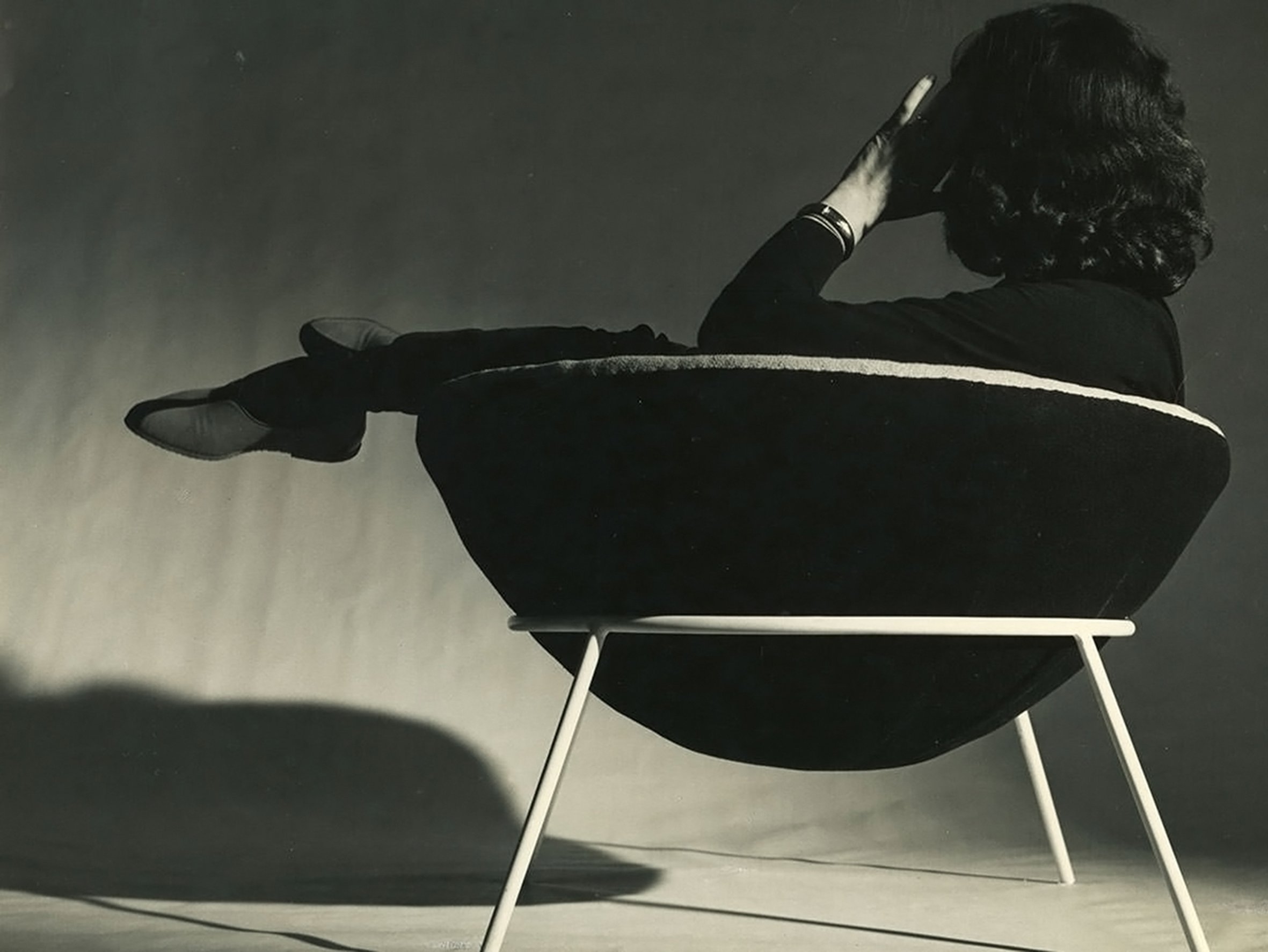
When and why is a chair a chair? Is it the functionality of a chair, or is it our historical understanding that classifies a ‘thing’ as being a chair? Over the past 10 years, I’ve seen the liberation of the chair as an object. Whether it’s due to the speed at which information is now delivered to us, or the accessibility to new and old materials and techniques, I have increasingly seen more expressions of experimentation using the chair as a medium. The chair is fluid; no longer simply a physical thing.
When I co-curated my first group exhibition Object Future with Suzannah Henty in 2013, we were often asked why the chair was presented on a plinth, unable to be sat on by viewers of the exhibition, as they saw the chair as something to be experienced through its physical function. We were deliberately challenging the idea of the chair as something to be experienced through its physical or performative function. We sought to deconstruct the chair and reconstruct it in both its conceptual and supply chain terms: the tree has been cut down, timber milled and hauled across the country or world all before the designer or maker has selected this timber. Then come countless days working out the best way to use the timber, and then countless days machining, gluing and finishing the timber. Given the knowledge of what’s gone into the chair, why do you only need to sit on the chair to experience it?
The chair is an object with incredible potential to discuss the world. Unlike walking into an art gallery and potentially being confused by an abstract sculpture, we all understand what a chair is and its relationship to us and our body. Chairs are more often than not directional, and create a boundary within spaces. We know the chair to have a backrest and a seat, and even when these elements are completely non-functioning and abstract, we still see it as a chair and how it would fit alongside our body. The chair form offers a canvas to discuss the world, in a similar way to the paper this text is printed on. The chair, much like a painting, can be a representation of time and place, technological advancements, new materials, society and even pandemics.
While the chair has always existed within physical reality, over the last 20 years the rise of digital spaces and furniture has been meteoric. Since 2005, IKEA’s catalogues have contained increasingly digital renderings rather than photographs of physical objects. In 2021, Barcelona-based designer and 3D artist Andrés Reisinger sold a digital chair for almost USD 70,000, with the entire furniture collection selling for more than USD 450,000. These chairs are only available digitally, and the ownership is held entirely within the digital space. When my company Dowel Jones first began producing commercial furniture in 2011, we realised that only a small percentage of people who viewed the chair would ever see it in person, with most viewing it on the internet. This changes the way we think and feel about the presentation of the object as a part of the design process, and therefore the way the audience perceives it. The rise of social media platforms focused on imagery has created an immediacy and an easily viewable metric as to what is currently popular, which has resulted in creatives quickly adapting trends into new products and getting them to market as soon as possible, into the digital space.
Used as a medium, the chair is not only a representation of current trends and manufacturing capabilities but also a self-portrait of its creator and a broader representation of society at any given moment. While the digital space has provided us with new opportunities for sharing and collaborating, one can never truly experience the craft, emotion and wonder of a chair without seeing it in real life, or dare I say, the old-fashioned way.
Dale Hardiman is the co-founder of Dowel Jones and Friends & Associates